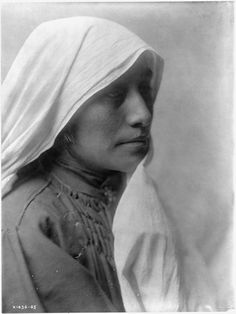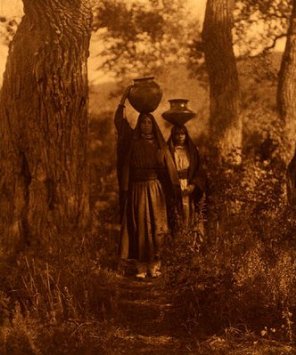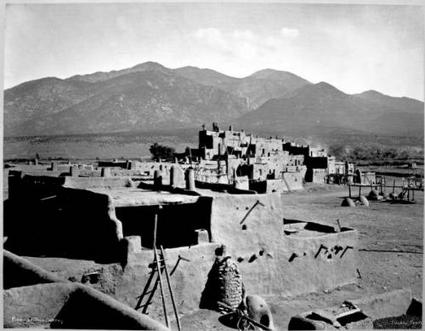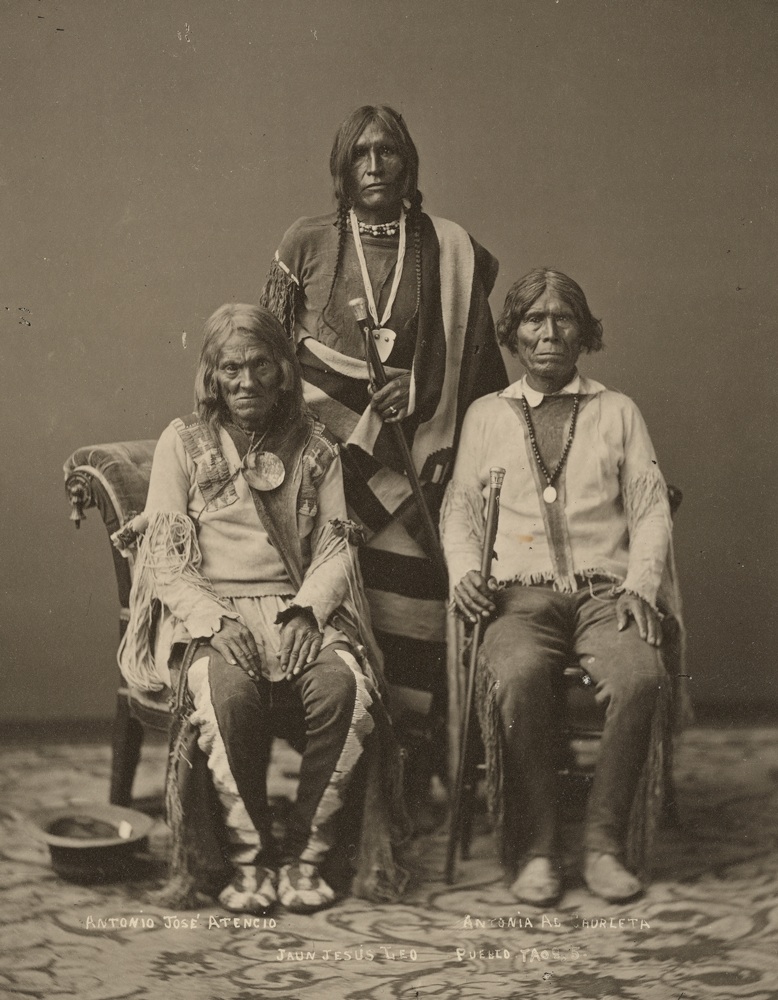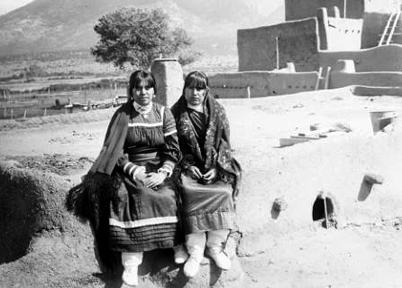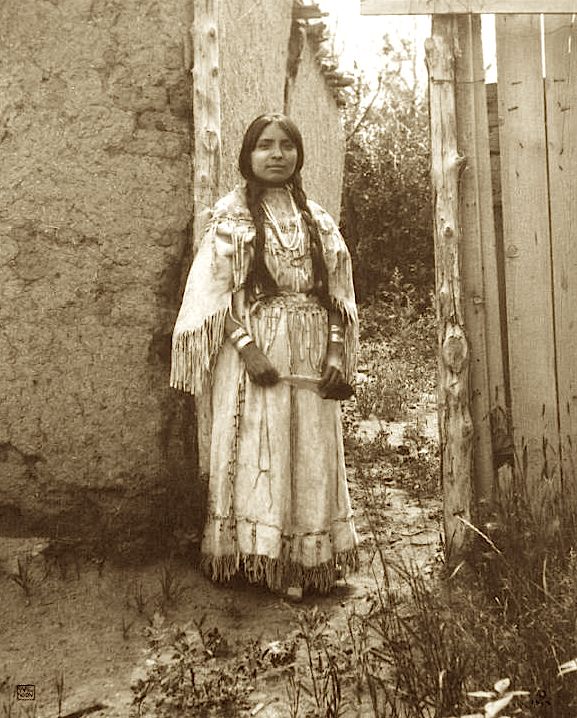It is difficult for me to express exactly what it was like to see Taos Pueblo, but here is my attempt.
It was like going to a 1000 year old museum, but it was alive, alive with people, animals, tradition, life. I felt awkward at times taking photos of this place because I was taking photos of peoples homes, their shops, their daily life. I couldn't help but think to myself, if the indigenous inhabitants of this pueblo felt like museum artifacts on display. I can only imagine how annoying it could get, so much so, that there were signs in certain places telling people to basically keep out. Also, you have to get permission from the inhabitants to take photos of them - it's common sense not to take photos of people without asking their permission, but sometimes we forget when we enter a museum.
From the very short interactions I had with a few members of the tribe, the Red Willow people, I could see how proud they are of their culture and history - protecting it as best they could.
These structures are over 1000 years old, made of dirt, water and straw, and have been passed down from one generation to the next. I encourage you take a guided tour, directed by its indigenous people, chosen by their tribe council. My guide's "modern" name was Kevin, but his tribal name, White Feather. He told his people's story, how they used to live, about some of their traditions, about how the Spaniards forcefully introduced Catholicism to their people, and about the church that stood in the plaza.
As I stated before, words cannot express everything that is going through my mind when it comes to Taos, so here are some photos of mine of the pueblo.


































I cannot do justice in the next few paragraphs of their history, but here is a brief overview:
The people of Taos Pueblo are a Tiwa speaking tribe, and are thought to have settled in the area in the 13th to 14th centuries. Their pueblo is considered to be the best preserved out of all the other pueblos in the United States, dating back 1000 years. The families who the dwellings were passed down to are responsible in taking care of their ancestral home, and their religious and cultural buildings are in the care of the entire tribe.
According to UNESCO, each year, as a part of a tribal ceremony, the structure receives a new coat of mud and straw plaster. The doors are a modern addition. Traditionally, entrance was from the roof accessed by ladders, as a defensive tactic against invading tribes. The last person in, would pull the ladder up behind them. The turquoise color on the doors is for good luck.
The Red Willow people were very resistant to converting to Catholicism, and burned down the first constructed church. I asked a newly engaged tribeswoman if she would be having a traditional wedding. Sadly she explained, some of their traditions were lost due to the Spaniards, including traditions linked to engagements and marriages. Most of the tribe is baptized in the church, and also buried in their graveyard. As you can see in the photos, most crosses bare Spanish names, forcefully given to the tribespeople.
The pueblo is closed to tourists for a few months out of the year for ceremonial purposes. Some of these ceremonies are conducted in Blue Lake, a sacred site for the Red Willow people. In restitution, the lake was obtained by the tribe from the US government in 1970. Now, you must seek permission from the tribe to see the lake, which cannot be reached by car - only by foot or horseback.
What first interested me in Taos was this Ansel Adams photo of the church, taken in 1941.
The area in general has attracted thousands of people including artist Georgia O'keefe who painted this painting showing the main structure of the pueblo, in 1929.
Photographer Edward S. Curtis was a great assistant to history, taking various photos of the pueblo's inhabitants seen here:
And here are some more images of Taos and its people:
Perhaps these people, the people of the Red Willow, their history and struggle hold a special place in my heart because of my history and my people's struggle. Our history, land and culture was also taken away from us because of genocide, yet we, as Armenians, protect what we still have, as best we can.
I hope to visit Taos again, and spend more time with its people, should they have me.


